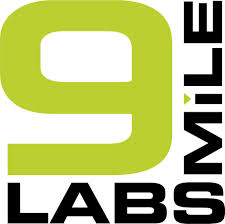B2B Business Model – Productize a Service
Thanks to the team at 9Mile Labs, a Seattle-based Accelerator, for letting me present last week on the seven (now eight) B2B business models. 
In the discussion and Q&A afterward, I realized I left off an obvious business model. In fact, it’s a model that I’ve really supported in the past – how to “Productize a Service”.
Why did I leave it off, given that it’s actually one of my favorite models in my own startups? It’s usually because I think of services, categorically, as not as scalable as product. I know that qualifies as a “well, duh” statement, but that’s not quite accurate.
Here’s the deck from the presentation:
Here’s the situation: you’ve created a service-based business (where people do the work), and over time, you add some tools, improve the business process and even create some level of automation, driving costs down in the business (hopefully to increase profits). There was company in the cohort that is an example. They are building a tool that scans physical products and creates a 3D image to be importing into a database – and they’ve built the viewer to view the image on a website.
So the Founder asked, what’s the “snappy name” of that business model, since you have names for the other seven? Though his business will likely mature into a subscription model in the future, for now, at least at the launch, it’s really providing a service where someone on their staff (vs. a customer) has to do the work.
Productizing the service then requires the company to bundle in the different services and create a pricing model that lowers the friction for customers to say “yes”. The customer doesn’t really care how you do the work, what tools you use or how expensive those tools were to buy or build, they just want the solution.
One of the methods for doing this is to create a pilot offering. In this example, you have the tools to do the scanning, you store them in your database, and you’ve built the viewer to use on the website. Pricing each part separately may be the way you think of it, but it’s not how the customer thinks of it.
Have you heard anyone talk about wanting a drill bit? No, actually they really want a hole and the drill bit is just the means necessary to get it. The same is true with your product pricing.
Create a solutions-based price. Include the setup services, the scanning, and perhaps capped use of the viewer, based on the number of websites the view is used on. The principle here is simply risk reversal – you’ve created a new product, shown your confidence, and taken the risk vs. shifting that risk to the customer.
Sanjay Puri
Dave, it’s a testament to your wisdom that you’re willing to learn even when you teach! Thanks a bunch for sharing the wealth with our teams, we’re deeply appreciative!